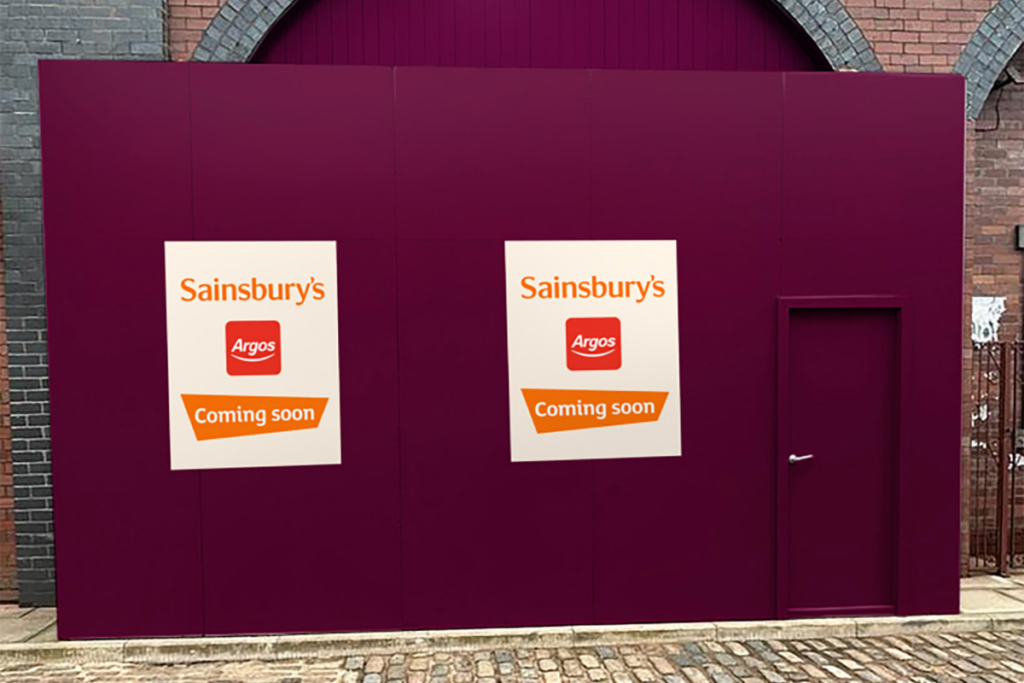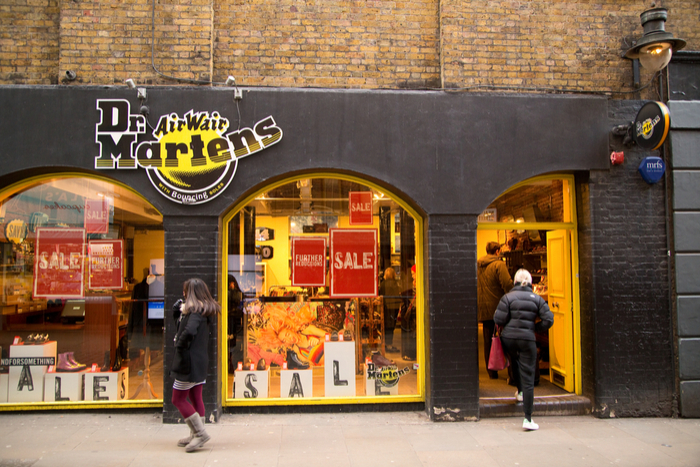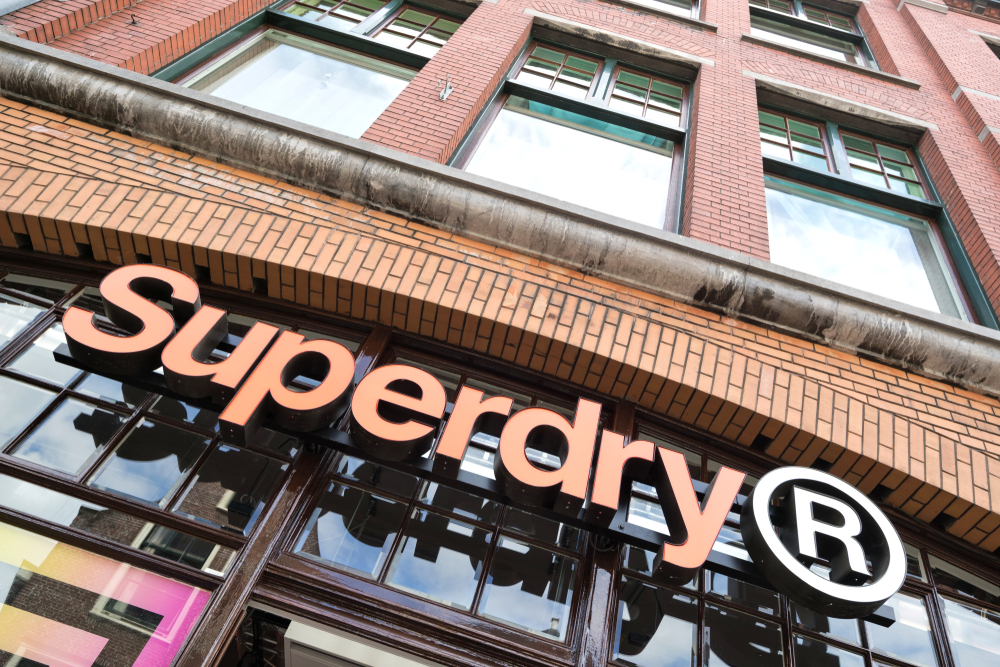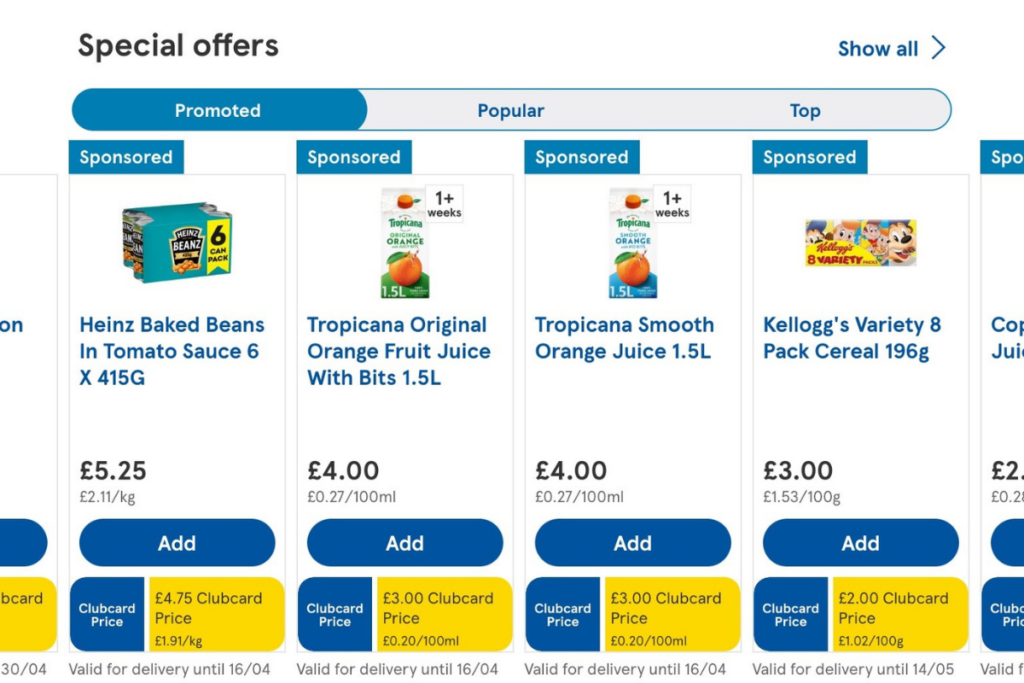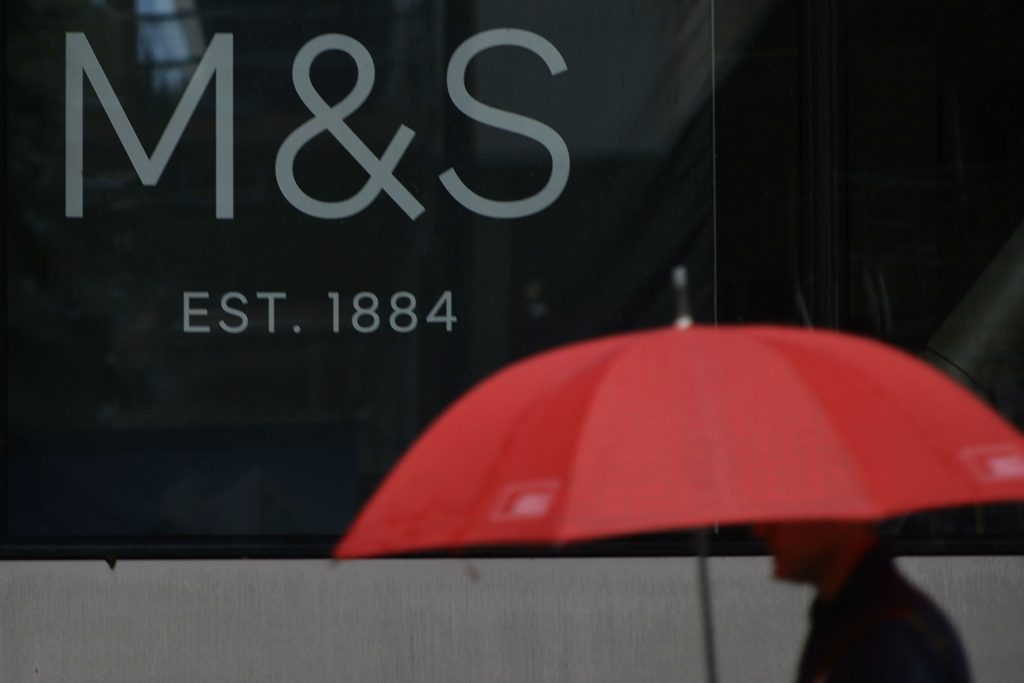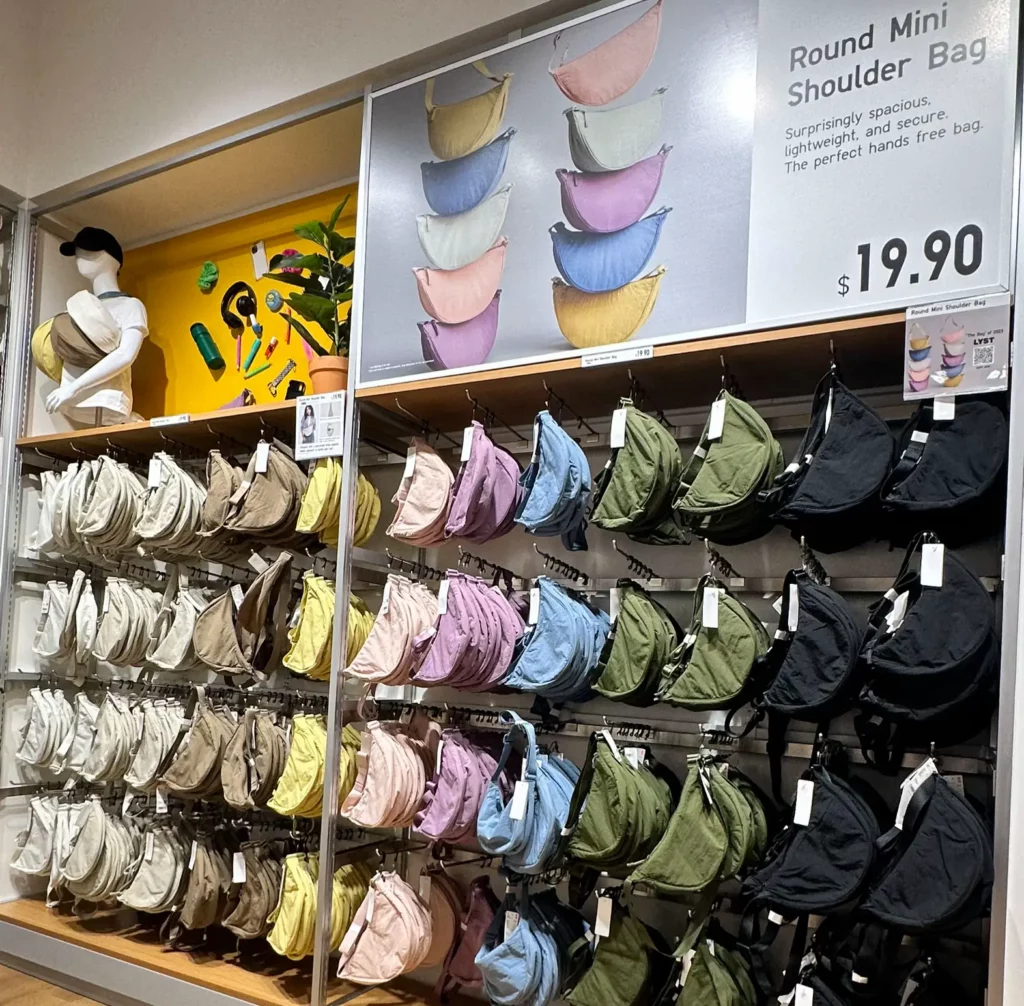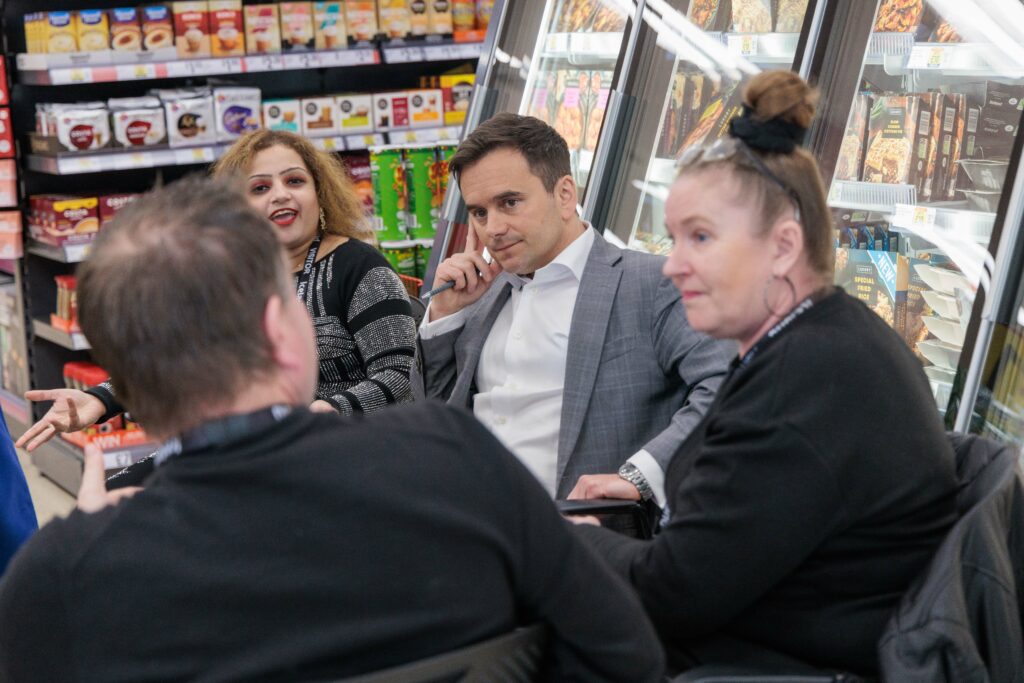The rise of e-commerce is not just transforming the retail landscape, it is redefining customer expectations. With the technology available today, consumers want their shopping experience to be as convenient as possible, and products need to be available whenever and wherever they want them, otherwise they will go elsewhere.
To meet customer expectation, order fulfillment has to be faster and more flexible than ever before, and click-and-collect is one model that has been widely adopted by UK retailers to do this. In fact, according to research by eConsultancy, almost two-thirds of consumers bought products online before collecting them in-store at least once during 2013.
Increasingly, however, ‘next day‘ is not enough. Retailers wanting to stay ahead of the curve should be aiming to make as many of their products as possible available the same day that they are ordered.
One way for them to achieve this is to tap into the full potential of their click-and-collect services. Though widely offered, most UK click-and-collect orders are being serviced from a central distribution centre, making same-day pick up difficult (if not impossible). To deliver real convenience for customers, retailers should instead service click-and-collect from in-store inventory. Implemented effectively this can allow customers to pick up their items as little as two hours after placing their order, creating a real point of differentiation with competitor brands.
As well as delivering a much improved customer experience – and the immediacy that online shopping often lacks – this model can have significant additional benefits for retailers, allowing them to better leverage their physical assets and increase store footfall and upsell opportunities, yet few are embracing it.
Although the process of repurposing existing stores in this way can appear daunting, it needn‘t be a challenging process to manage. To ensure a smooth transition it is important to:
Have a clear view of inventory across all sales channels
With the right technology and insights, sales teams can track their store inventory in real time?. For example, iPads can be used as mobile dashboards, allowing them to keep a close eye on stock levels.
Enable staff to efficiently manage in-store inventory
This means ensuring existing staff receive the right training and evaluating whether additional staff might be needed to meet any extra demand. Store layout is another consideration – it may be more efficient to set up a dedicated pick up point for click-and-collect orders.
Anticipate crunch points
Data analysis and forecasting can help in identifying peak periods and hotspots when product are likely to increase so that stock can be upweighted accordingly. By looking at data for previous years, regional stores may be able to anticipate demand for certain items in the run up to, say, a bank holiday or sporting event. For example, almost half of all UK online shoppers used click-and-collect over the Christmas period.
Having a 360 view of inventory can also help the bottom line by reducing the need for items to be marked down and preventing avoidable out-of-stocks. Taken together, these benefits also result in a more seamless shopping experience.
Two-hour click-and-collect might feel like an ambitious target to retailers who today, as we all know, face challenges to servicing the needs of their stores. But for those who get it right and it‘s a win-win for the customer, their experience and, ultimately, for market share.




